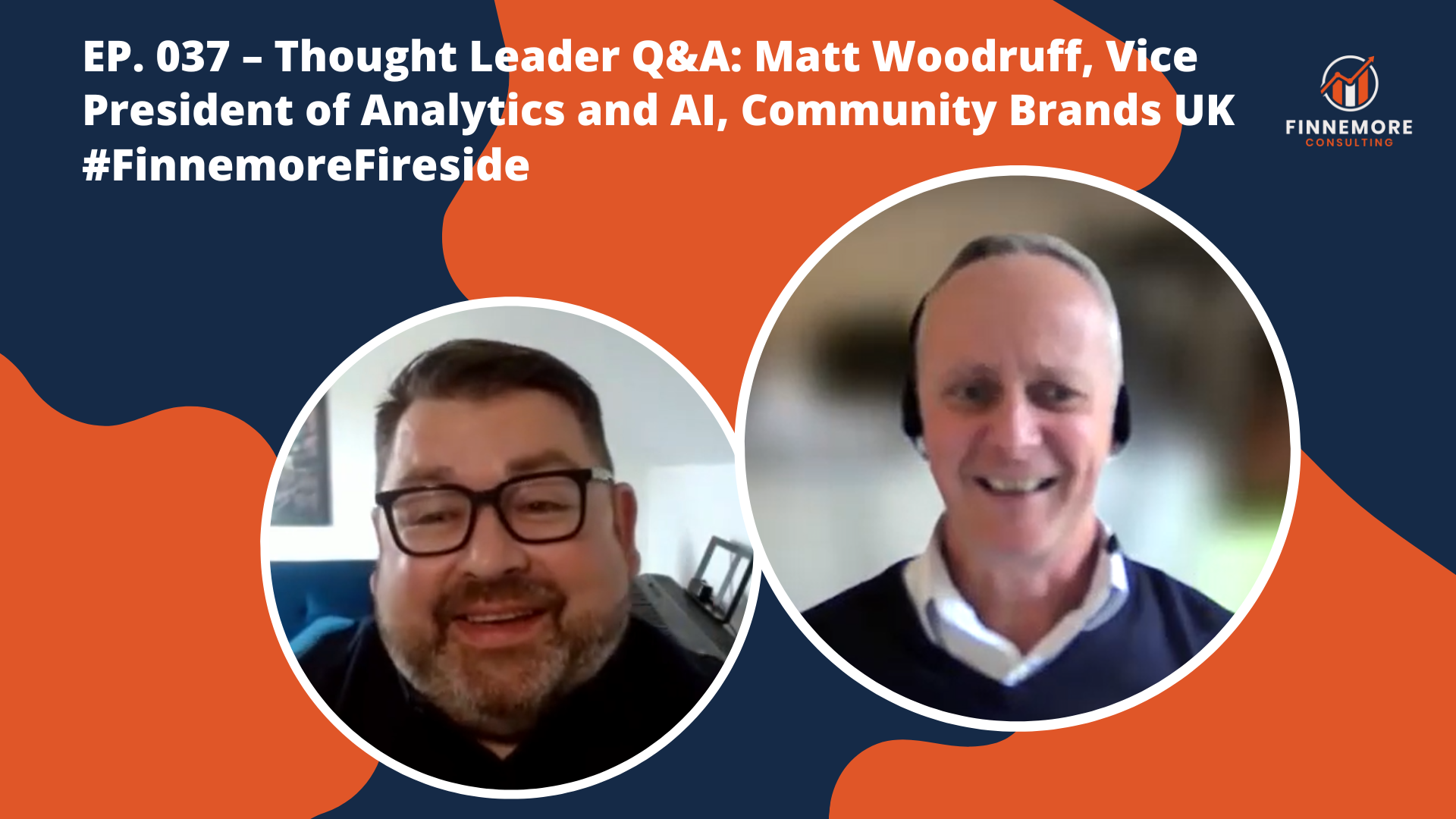Schools are choosing to move MIS more than they ever have before. There are plenty of options out there ranging from client-based to cloud, multi-phase to age-specific, and outcome-focused to all-in-one solutions.
The reasons schools choose to move in the first place are varied. Many convert to academies and sometimes they join a trust where a different MIS is in use so they switch as part of the joining process. Other times, they’ll use their change of status to academy as an opportunity to look at the MIS options available to them now that they are no longer under LA control.
Maintained schools are switching MIS too. For many, the traditional model of them being able to buy into an LA-purchased and supported MIS is disappearing as councils no longer retain budget or mandate solutions. For some, they never participated in the LA arrangement, choosing to do their own thing and looking at the market on a regular basis anyway.
But what it is that schools look for in a new MIS? What’s most important to them?
A recent survey1 of 2,146 schools across England asked them to prioritise what they felt was the most important factor in terms of price, support, functionality, integration, partnership and reputation when looking for a new supplier. The results are outlined below:

Functionality was identified as the most important factor at just over 57%, with price coming second and integration a close third, within a couple of percentage of each other.
It makes sense that functionality would come out as the most important factor amongst schools. Ultimately there are certain functions an MIS has to perform to be fit for purpose, such as census which they all do, but there are a huge amount of processes and insights provided by your MIS which schools rely on every day.
The fact that the amount of respondents who said that price was the most important factor to them is fairly similar to the number of respondents who said that integration with other products was the most important factor to them tells an interesting story.
Without a doubt, schools are looking for best value when it comes to MIS, but this doesn’t necessarily mean cheapest. Equally, there is a drive to consolidate systems for sure, but schools don’t want this to at the expense of losing something else they might be using which is incredibly valuable to them; they want to be able to use the best of what’s available to them on the market so integration across solutions is important to them.
(It’s interesting as a similar survey was conducted amongst MAT leaders and, in that survey, functionality scored a much higher percentage; they seemed to be even less sensitive to price and gave more weight to how the product worked – presumably as there are specific MIS needs in trusts. We’ll cover this in another blog).
So, given that the majority of schools cite functionality as the main thing they’re looking for in a new MIS, the next question is: how happy are they with their existing MIS and how likely are they to move?
The survey asked respondents to rate how satisfied they were with their MIS, on a scale of 1-10 with 1 being extremely dissatisfied and 10 being extremely satisfied. The results are below, and the vast majority of suppliers got an average score of 6 or above:

It also asked how likely respondents are to move in the next 12 months, as outlined in the pie chart below:

Around 64% in total said they were either ‘unlikely’ or ‘very unlikely’ to move MIS in the next 12 months, so it seems almost two-thirds of schools are either happy with what they’ve got, or don’t see moving MIS as a priority in the next 12 months.
That said, 311 respondents, which is just over 14%, said they were either ‘likely’ or ‘very likely’ to move in the next 12 months – if this is a reflection across the whole market then we can expect lots of movement from one MIS to another in the next year or so.
Ultimately, if schools are citing functionality as the main thing they look for in a new MIS, how confident are MIS suppliers that their functionality is truly meeting the needs of schools? Aside from the basics, what makes one stand apart from the other? We’ll be exploring this, amongst other things, in more detail in subsequent posts and would love to hear your views; what do you think users are you looking for in their MIS?
1The data was collected by The Key from a survey that went out to all primary, secondary, special schools and pupil referral units in England, by email. It was not sent to independent schools. The survey was completed by Headteachers, Deputy and Assistant Heads, and School Business Managers / Leaders between 29 March and 27 April 2021.
As part of the survey, respondents were asked which MIS they use. The results are outlined below:






















Don’t let perfectionism be the sneaky saboteur of your new product release
In my work with companies selling to the education sector, I’ve witnessed this unfortunate scenario far too often. They fall into the trap of aiming for a 100% flawless product, and it ends up holding them back.
Here are the two common traps they find themselves in:
1. The “I’ll Think It All Up” Trap
Some folks genuinely believe they can conjure up the ultimate solution by brainstorming in their cosy office or bedroom (their ivory tower). But here’s the truth – you’ve got to get your solution out into the real world! Put it to the test and see if it genuinely meets your customers’ needs.
2. The “Fear of Failure” Trap
Ah, the fear of messing up. It’s a powerful force that can keep you strategizing for ages, trying to ensure failure is nowhere in sight. But the only way to create something truly amazing is by putting it in front of your customers. Embrace their feedback, learn from it, and let it shape your masterpiece.
All this perfectionism isn’t good for business. Waiting endlessly for the “perfect” solution only gives your competitors an opportunity to gather feedback, make improvements, and snatch up your market share.
All you need is a Minimum Viable Product (MVP) to bring to the market and an open mind. Your customers are the real experts here. They’ll give you the precise insights you need to craft that perfect solution.
So, embrace imperfection, launch with confidence, and let your customers guide you to greatness! And don’t let perfectionism be the sneaky saboteur of your new product release!